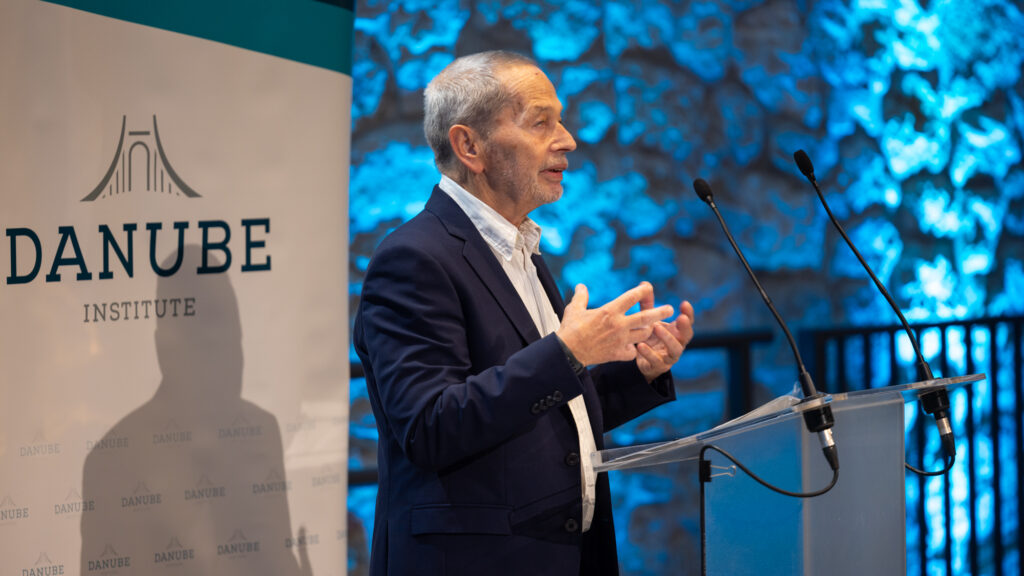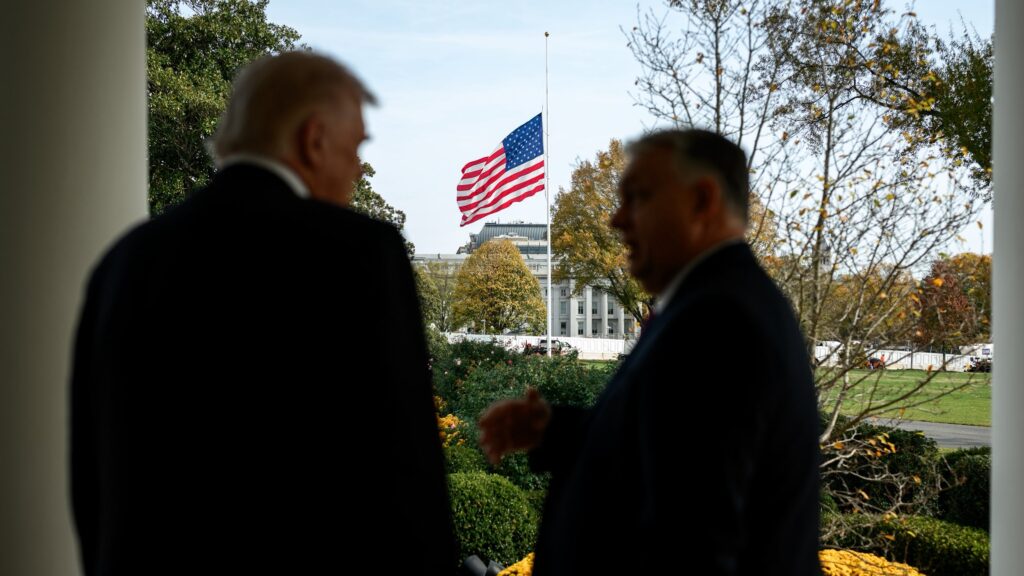In 2010 the Hungarian Parliament declared June 4 the Day of Hungarian National Unity. This day is a reminder of the common heritage of all Hungarians, regardless of their citizenship, and that all Hungarians, whether they live within our outside the borders of the mother country, are an organic part of the Hungarian nation. The day, June 4 was selected to mark the anniversary of the Treaty of Trianon. The Peace Treaty of Trianon, one of the several treaties that concluded World War I, was signed on June 4, 1920, in the Palace of Trianon at Versailles, France, between the representatives of Hungary and the Allied Powers.
As a result of the treaty, Hungary lost more than two-thirds of its historical territories and two-thirds of its inhabitants. Western Hungary, Burgenland was given to Austria, Czechoslovakia received Slovakia and sub-Carpathian Ruthenia, while Croatia-Slavonia and part of the Banat were awarded to the newly formed kingdom of Yugoslavia. Transylvania was annexed to Romania.[1] Before the treaty, the Hungarian Kingdom had 23.4 million inhabitants, but after the dismemberment of the country Hungary ended up with barely 7.6 million citizens.[2] After the treaty was signed, 300,000 citizens of the Hungarian Kingdom found themselves in Austria, 3.5 million in Czechoslovakia, 5.3 million in Romania, and 4.1 million in Yugoslavia–many of whom identified as ethnically Hungarian.
As a consequence of the treaty, four million Hungarians became overnight the citizens of foreign countries, some of them newly formed
While most of the territories that were assigned to neighbouring countries had a majority population that was non-Hungarian, a significant proportion of the lands lost were inhabited by ethnic Hungarians. As a consequence of the treaty, four million Hungarians became overnight the citizens of foreign countries, some of them newly formed. Citing the Woodrow doctrine and its core principle of the right of self-determination, the leader of the Hungarian delegation to the Conference at the Palace of Trianon, Count Albert Apponyi, criticised the idea of dissolving historical Hungarian territories and proposed to hold referendums so that the residents of the disputed regions can decide the fate of their homelands.[3] Despite Apponyi’s speech and the evidence brought to the Conference by the Hungarian delegation about the ethnic composition of the lands in question, the Conference rejected all proposed amendments to the Treaty.
As a result of the dismemberment of Hungary, 33 per cent of the Hungarian nation was suddenly living outside the new borders of Hungary. 900 thousand Hungarians became Czechoslovak citizens, 1.6 million (living mostly in Transylvania) were placed under Romanian while 420 under Serbian rule.[4] Fear of the future, longing for an ethnically Hungarian homeland, and the sometimes harsh treatment in these newly established states drove many to leave their former homelands and seek refuge in Post-Trianon Hungary. Leaving most of their valuables behind, 400 thousand Hungarians fled the neighbouring states to find refuge in Hungary. The more than three million Hungarians who decided to stay were destined to endure enormous assimilation efforts by the governments and the majority population of the states they unwillingly became the citizens of. Although the size of Hungarian cross-border communities has been shrinking over the decades, they have managed to survive and preserve their identity. 4 June is a reminder of their existence, and a celebration of the unity of all Hungarians, wherever they live.
Apart from being a harsh blow the country’s demography, the Treaty of Trianon also represented a major challenge for the Hungarian economy. Access to the sea (via the port of Fiume) was lost, which meant that all shipments on water could reach Hungary only after paying high tariffs. The railway system of the country was also mutilated – post-Trianon Hungary was left with only 38 per cent of its former railroads in the Austro-Hungarian Empire, leading to the further isolation of the Hungarian economy.[5] Most of the natural resources and raw materials of the Hungarian Kingdom were now also outside Hungary’s new borders. So the Treaty deprived Hungary not only of many of its citizens and land, but also of much of its economic wealth. Furthermore, the treaty also restricted the Hungarian army to 35 thousand men, who were allowed to be armed only lightly to maintain domestic order. Hungary was also disallowed to institute conscription or to have an air force.
Hungarian flags on all government buildings were kept lowered at half-mast as a memento of the national trauma until as late as 1938, when the Munich Agreement temporarily returned the Southern part of Slovakia to Hungary
Anger, a sense of loss and sorrow overshadowed Hungarian politics in the years to come. Revanchism and the inability to accept the dismemberment of the historical Hungarian Kingdom greatly contributed to the tragic right-wing radicalism of the 1920’s and 1930’s. Hungarian flags on all government buildings were kept lowered at half-mast as a memento of the national trauma until as late as 1938, when the Munich Agreement temporarily returned the Southern part of Slovakia to Hungary, a territory with a 550 thousand-strong ethnic Hungarian population, constituting 85 per cent of all inhabitants. The fact that flags were kept at half-mast for so long demonstrates how deeply interwar Hungarian politics (and the radicalism that led to the tragic events of World War II) were shaped by the trauma of Trianon.
Today, the treaty is still considered to be a national tragedy. However, instead of being regarded as a cause of grievance and a symbol of failure, Trianon has been transformed into a reminder of national unity, making the treaty a ‘focal point’ of Hungarian national identity.[6] The aim of this day of remembrance is to remind and reassure Hungarians inside and outside of Hungary’s borders that they still belong to the same nation.
[1] The Editors of Enyclopaedia Britannica, ‘Treaty of Trianon,’ Britannica.com, https://www.britannica.com/event/Treaty-of-Trianon, accessed 25 May 2022.
[2] ‘A nemzeti összetartozás napja,’ ELTE, (4 June 2018), https://www.elte.hu/content/a-nemzeti-osszetartozas-napja.t.16671, accessed 25 May 2022.
[3] Miklós Zeidler, ‘Treaty of Trianon,’ International Encyclopedia of the First World War, (2014), https://encyclopedia.1914-1918-online.net/article/trianon_treaty_of, accessed 25 May 2022.
[4] C. N. Trueman, ‘The Treaty of Trianon,’ The History Learning Site, (2015), https://www.historylearningsite.co.uk/modern-world-history-1918-to-1980/the-treaty-of-trianon/, accessed 25 May 2022.
[5] ‘The Treaty of Trianon’
[6] György Schöpflin, ‘Trianon: The Long Shadow on Hungary and Central Europe,’ Rusi, (4 June 2020), https://www.rusi.org/explore-our-research/publications/commentary/trianon-long-shadow-hungary-and-central-europe, accessed 25 May 2022.







